Alliance presentation sheds light on teen behavior
Remember the billion-dollar, 1970s advertising campaign warning young people about the dangers of drugs—how they’d fry your brain like an egg, among other things? It had no effect. Drug use didn’t decline at all.
Despite reaching millions of people, the campaign likely failed its intended purpose because of the way our brains work, Carnegie Mellon University Professor Julie Downs, PhD. told educators gathered for a Future Ready Alliance session in March.
Instilling fear ultimately isn’t a strategy for changing teen behavior, she said. “You can’t live in a state of fear.” Instead, the brain responds more to actionable information.
With support from The Heinz Endowments, Dr. Downs gave special presentation on social and emotional learning as part of a series of Alliance “target” sessions, when participating teams and others focus on a topic related to their ongoing work improving college and career readiness in their schools. Dr. Downs talk covered a range of troublesome teen issues, ranging from risky behaviors like drug use to not studying enough.
Although it may not seem so at times, teens are just as capable of making rational choices as adults, Dr. Downs said. And they make bad choices for many of the same reasons as well. But they’re also more susceptible to what she terms “hot states,” when actions are driven more by the primitive, limbic regions of the brain that are responsible for feelings.
In cooler states, she explained, teen decisions are driven more by reason. Feelings still play a role, but a proper one—augmenting judgement.
Because kids have feelings of wanting to be liked and accepted, peer pressure often influences them to engage in risks that reasoning would tell them to avoid. A dire warning might not help them resist, because it’s not actionable, Downs said. “It doesn’t give them any tools. It’s not behaviorally useful information.”
Downs illustrated the emotional pull peer relationships can have on youngsters with the story of a young woman who’d been the victim of cyberbullying so severe, she received death threats. To escape her tormentors, the girl withdrew from social media. But ultimately, “safety and wellbeing felt less important than being left out,” so she went back, Downs said.
To help kids avoid being pulled into behavior they know they shouldn’t, it’s best to talk about coping strategies in “cool” states, before the need arises. Contingency plans are among the “tools” that help kids avoid risks, Downs said. Other aids in in resisting temptation include environmental cues. For example, putting salad at the beginning of a buffet table can encourage more healthy eating.
For adults to understand teen behavior and guide decisions, it’s also helpful to understand the drivers of intuitive choices. Among these, people tend toward overconfidence and toward an “illusion of control,” both of which can play into taking chances like driving too fast or not studying enough for a test.






